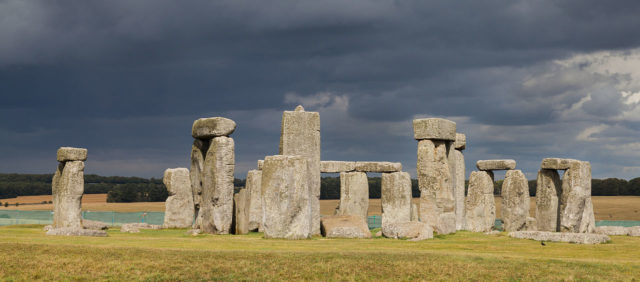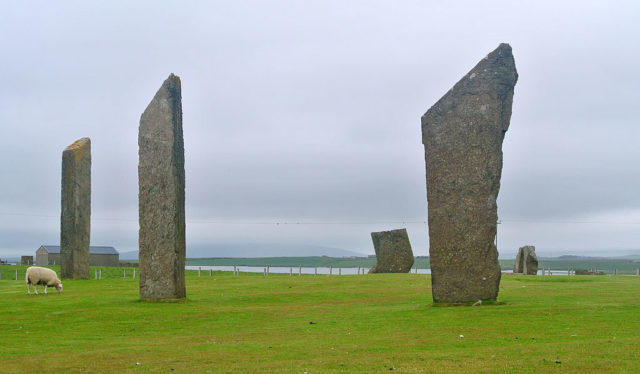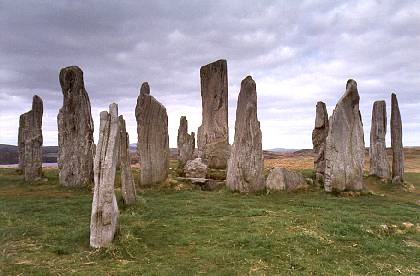The mystery behind Stonehenge has always provoked people’s imaginations. There are many theories about what this Neolithic monument could have been used for, including everything from a cemetery to a place for healing. Australian researchers seem to believe that the bluestone circle and many other standing stone formations in and around the UK could have been used to track the movements of the sun, moon, and stars thousands of years ago.

The United Kingdom has many such formations, stretching from Stonehenge in Wiltshire to standing stones on the Orkney islands off the Scottish mainland. Researchers from the University of Adelaide have shown evidence to support their theory that the stones were carefully placed in relation to the celestial bodies, following an extensive examination of their positions and orientation, comparing those to astrological alignments around the time they were constructed.

“Nobody before this has ever statistically determined that a single stone circle was constructed with astronomical phenomena in mind – it was all supposition,” said Dr. Gail Higginbottom, project leader at the University of Adelaide Visiting and who is also a visiting fellow at the Australian National University.
“This research is finally proof that the ancient Britons connected the Earth to the sky with their earliest standing stones, and that this practice continued in the same way for 2,000 years.”
Stone formations on the British Isles, including Callanish on the Isle of Lewis, and Stenness on the Isle of Orkney, were some of the formations the team looked at.

It is believed that some of these sites could predate Stonehenge, where construction was thought to have begun around 3,100 BCE.
